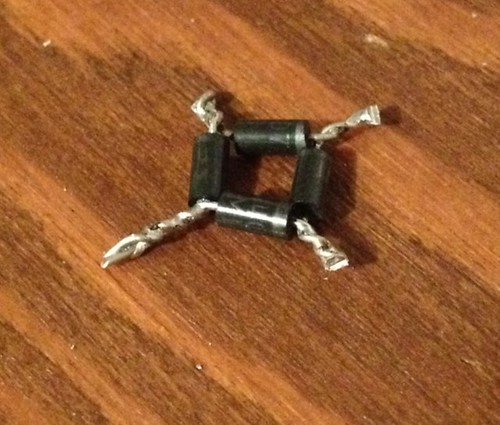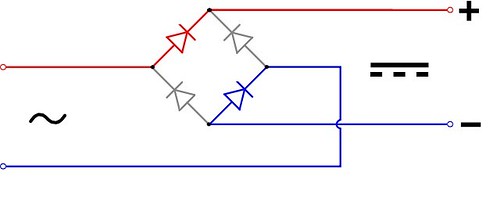AnthoT
0
- Joined
- Jan 14, 2012
- Messages
- 2,133
- Points
- 48
Well, as far as I know it some people accidentally damage drivers & diodes by inserting the batteries the incorrect polarity. But not anymore!  using this you can insert the batteries however you want to as long as you place this device before the driver input, you'll never kill another diode because of batteries
using this you can insert the batteries however you want to as long as you place this device before the driver input, you'll never kill another diode because of batteries 
I have a version of this planned to be an 17mm with contact board but I had a bunch of diodes lying around so I figured I could still use them and others can too but for an amazing price! For all of these that I have now they are 1$ each thats definetly worth the investment of never killing another diode or driver!
thats definetly worth the investment of never killing another diode or driver!
Here's some pictures
This is what you get for 1$

this is how you hook it up

Here's a demo showing it working
Notice when I switch the input polarity it still outputs positive voltage 
This does drop Aproximately 0.3V though
I've got exactly 10 of these so get them while they last
I have a version of this planned to be an 17mm with contact board but I had a bunch of diodes lying around so I figured I could still use them and others can too but for an amazing price! For all of these that I have now they are 1$ each
Here's some pictures
This is what you get for 1$

this is how you hook it up

Here's a demo showing it working
This does drop Aproximately 0.3V though
I've got exactly 10 of these so get them while they last
Last edited by a moderator:




